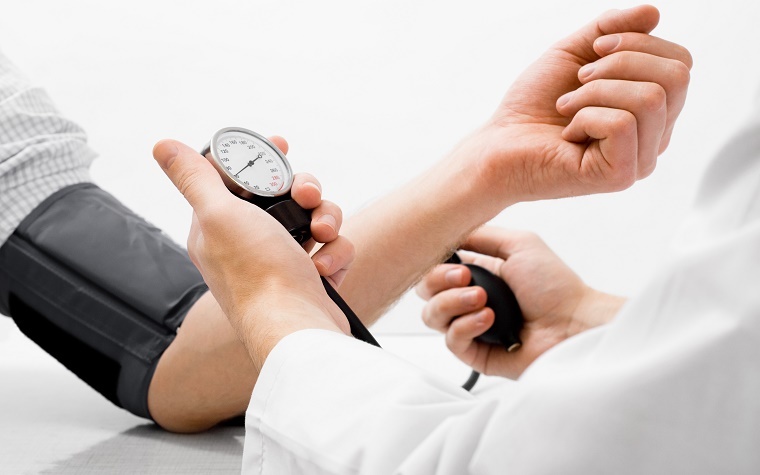
A recent paper published by the Eighth Joint National Committee (JNC 8) has suggested that systolic blood pressure goals for Americans over 60 not living with chronic kidney disease or diabetes should be 150.
Officials from the American Heart Association (AHA), however, feel this target could put those people at a greater risk for stroke -- and that risk is even higher for black and Hispanic patients.
AHA officials conducted their own study and concluded the target number should be 140 instead.
“We started this analysis very soon after (the paper) came out … because we were concerned about the recommendation’s potential effect on stroke prevention,” Dr. Ralph Sacco, author of the study, said.
Researchers found that people with higher than 140 systolic numbers were 70 percent more likely to suffer a stroke.
“The findings suggest one should not liberalize or change the treatment threshold for blood pressure in people older than 60 without chronic kidney disease or diabetes,” Sacco said. “For stroke prevention, maintaining a blood pressure target of 140 mmHg is important.”
The study used as subjects 1,750 people, 60 years and older, who had never had a stroke or chronic kidney disease.
“In general, our findings support adherence to the current AHA guidelines that consistently recommend treatment for blood pressure above 140-90 mmHg in order to improve cardiovascular health and reduce stroke,” Sacco said.